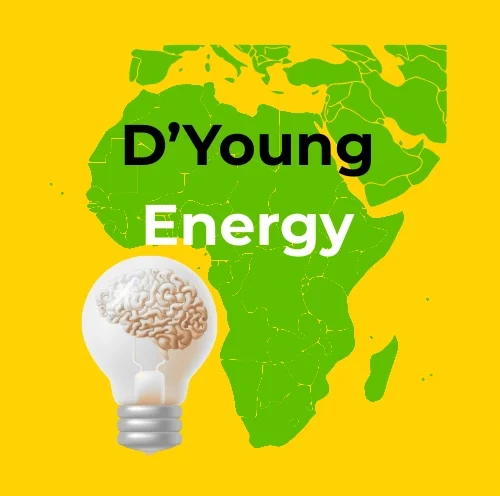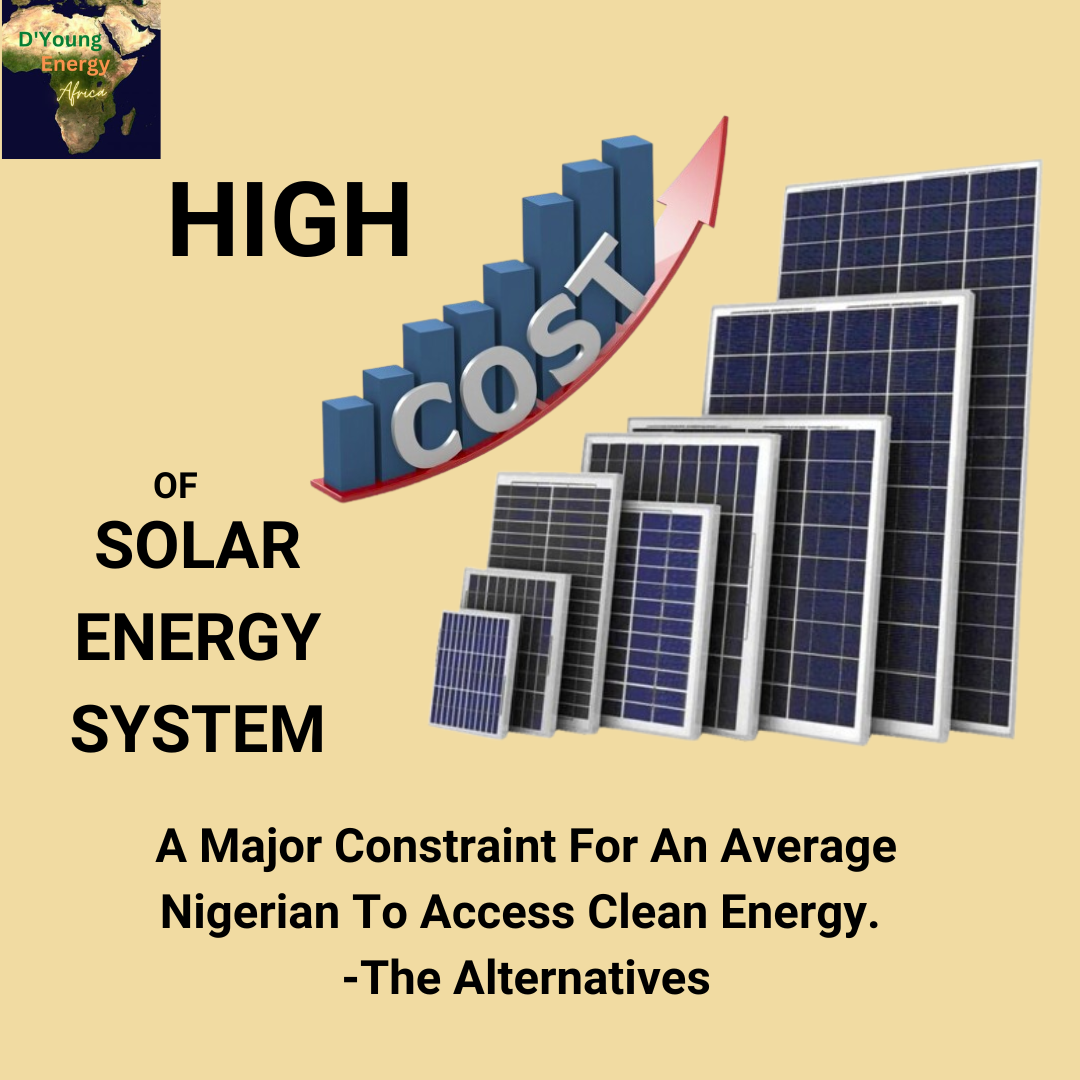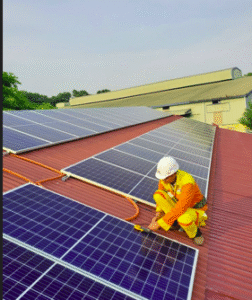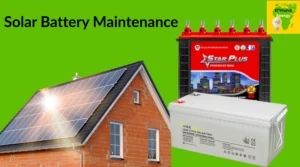Nigeria’s energy crisis is no secret. With unreliable power from the national grid and the high cost of running fuel-powered generators, many Nigerians have turned to clean energy sources like solar power. However, for the average Nigerian, the high cost of solar systems poses a major challenge, preventing widespread adoption of this cleaner and more sustainable energy solution. While solar power offers significant long-term savings and environmental benefits, the steep initial investment required for solar panels, inverters, batteries, and other components makes it difficult for most households and small businesses to make the switch. This article explores the barriers posed by solar system costs and looks at viable alternatives that can help Nigerians access clean energy.
The Challenge: The Initial High Cost of Solar Systems
The cost of setting up a solar system in Nigeria is still quite high for the average citizen. A complete solar system, which includes solar panels, batteries, inverters, charge controllers, and installation, can cost anywhere from ₦500,000 to over ₦5,000,000, depending on the system size and the energy needs of the home or business. This price range puts solar power out of reach for many low- to middle-income households, especially when compared to the much lower upfront cost of purchasing a generator.
For a typical Nigerian family that spends about ₦50,000 to ₦100,000 on fuel for generators monthly, the thought of spending hundreds of thousands or even millions on a solar setup can seem daunting. Although the long-term savings are clear—solar systems provide free electricity once installed—the initial cost remains a significant barrier.
Why Solar Systems Are Expensive
Several factors contribute to the high cost of solar systems in Nigeria:
-
Import Duties and Taxes
Most solar equipment, including panels, batteries, and inverters, is imported. High import duties, taxes, and shipping costs make the equipment more expensive than it needs to be. These costs are passed down to consumers, driving up the overall price of installing a solar system.
-
Limited Local Production
Nigeria has limited capacity for manufacturing solar components locally. As a result, the country relies heavily on imported equipment, which is subject to fluctuations in foreign exchange rates and global market prices. The lack of local manufacturing also means that there are fewer jobs and economic incentives related to solar energy production.
-
Lack of Financing Options
Most Nigerians do not have access to affordable financing options for solar systems. The absence of low-interest loans or flexible payment plans makes it difficult for many people to spread out the cost of installation over time, which could make the investment more manageable.
-
High Quality Equals High Costs
Quality matters when it comes to solar energy. Cheap, low-quality solar panels and batteries might fail after a few months, while high-quality systems that last for decades come at a premium. Nigerians seeking reliable, long-lasting solutions are often faced with choosing between expensive but durable systems or cheaper, less reliable alternatives.
Alternatives to High Cost Solar Systems
While the cost of solar systems may be prohibitive for many Nigerians, several alternatives and solutions can help make clean energy more accessible:
1. Solar as a Service (Pay-As-You-Go Solar)
Pay-as-you-go (PAYG) solar models are increasingly gaining traction in Nigeria. This model allows consumers to install solar systems without paying the full upfront cost. Instead, they pay for the energy they use over time, similar to how they pay for electricity from the grid or fuel for a generator. These payments are often made via mobile platforms or other flexible channels.
The PAYG model reduces the financial burden of purchasing a solar system, making it more accessible for low- and middle-income families. Over time, users pay off the cost of the solar system, after which they can enjoy free electricity. Several companies in Nigeria now offer PAYG solar solutions, making clean energy more affordable.
2. Government Subsidies and Incentives
Government intervention can play a key role in reducing the cost of solar systems. Offering subsidies on solar equipment, reducing import duties, or even providing tax breaks for those who invest in clean energy could significantly lower the cost barrier. Additionally, the government could establish low-interest loan programs specifically designed for solar adoption, allowing more Nigerians to spread the cost of installation over several years.
In some countries, governments have introduced programs that allow households to “rent” solar systems, with the option to own them over time through low monthly payments. If Nigeria adopted similar initiatives, it could help reduce the high upfront cost of solar installations.
3. Community Solar Projects
Another promising alternative is the concept of community solar projects. In this model, multiple households or a neighborhood pool their resources to install a larger solar system that powers several homes at once. By sharing the costs, families can enjoy the benefits of solar energy without having to bear the full financial burden of a personal system.
Community solar can be particularly effective in rural or semi-urban areas where access to electricity is limited, and families are looking for affordable alternatives to generators. In some cases, community solar projects have been supported by local governments or non-governmental organizations (NGOs), further reducing costs for participants.
4. Solar Leasing
Solar leasing is another alternative where a company installs solar panels on a home or business, and the property owner agrees to lease the system for a fixed monthly fee. The homeowner does not own the system but benefits from the electricity generated. Leasing allows homeowners to access solar power without the heavy upfront costs, while the leasing company maintains ownership and handles all maintenance and repairs.
Over time, leasing can still offer savings compared to running a generator, and at the end of the lease term, homeowners may have the option to purchase the system at a reduced price.
5. Hybrid Solar Systems
For those who cannot afford a full solar installation, hybrid solar systems offer a more budget-friendly alternative. Hybrid systems combine solar energy with other sources, such as the national grid or a backup generator. These systems allow homeowners to reduce their reliance on expensive fuel or grid electricity by supplementing their energy needs with solar power.
Hybrid solar systems often require smaller, less expensive solar setups, which can make the initial cost more manageable while still providing significant energy savings over time.
The Way Forward: Making Solar Affordable for Nigerians
To overcome the high cost barrier and ensure that clean energy is accessible to all Nigerians, several steps must be taken:
-
Government Policy Support
The Nigerian government must prioritize solar energy by reducing import duties on solar equipment, offering subsidies, and providing tax incentives for both consumers and businesses investing in solar power.
-
Increased Access to Financing
Financial institutions should develop affordable loan products specifically tailored for solar energy. These loans should have low interest rates and flexible repayment terms, allowing more Nigerians to finance solar systems over time.
-
Public-Private Partnerships
Collaboration between the government, private sector, and international organizations can help drive down the costs of solar installations and create more innovative financing models, like PAYG or leasing options.
-
Awareness and Education
Many Nigerians are unaware of the long-term cost savings that solar power offers. Continuous media campaigns, educational programs, and community outreach can help shift public perception and promote solar energy as a viable and cost-effective alternative to generators.
Conclusion
While the high cost of solar systems remains a major constraint for many Nigerians, innovative alternatives like PAYG models, government subsidies, and community solar projects offer hope for greater accessibility. With the right policies, financing options, and public awareness, solar energy can become a feasible solution for average Nigerians, helping them save money, enjoy consistent power, and contribute to a cleaner environment.




